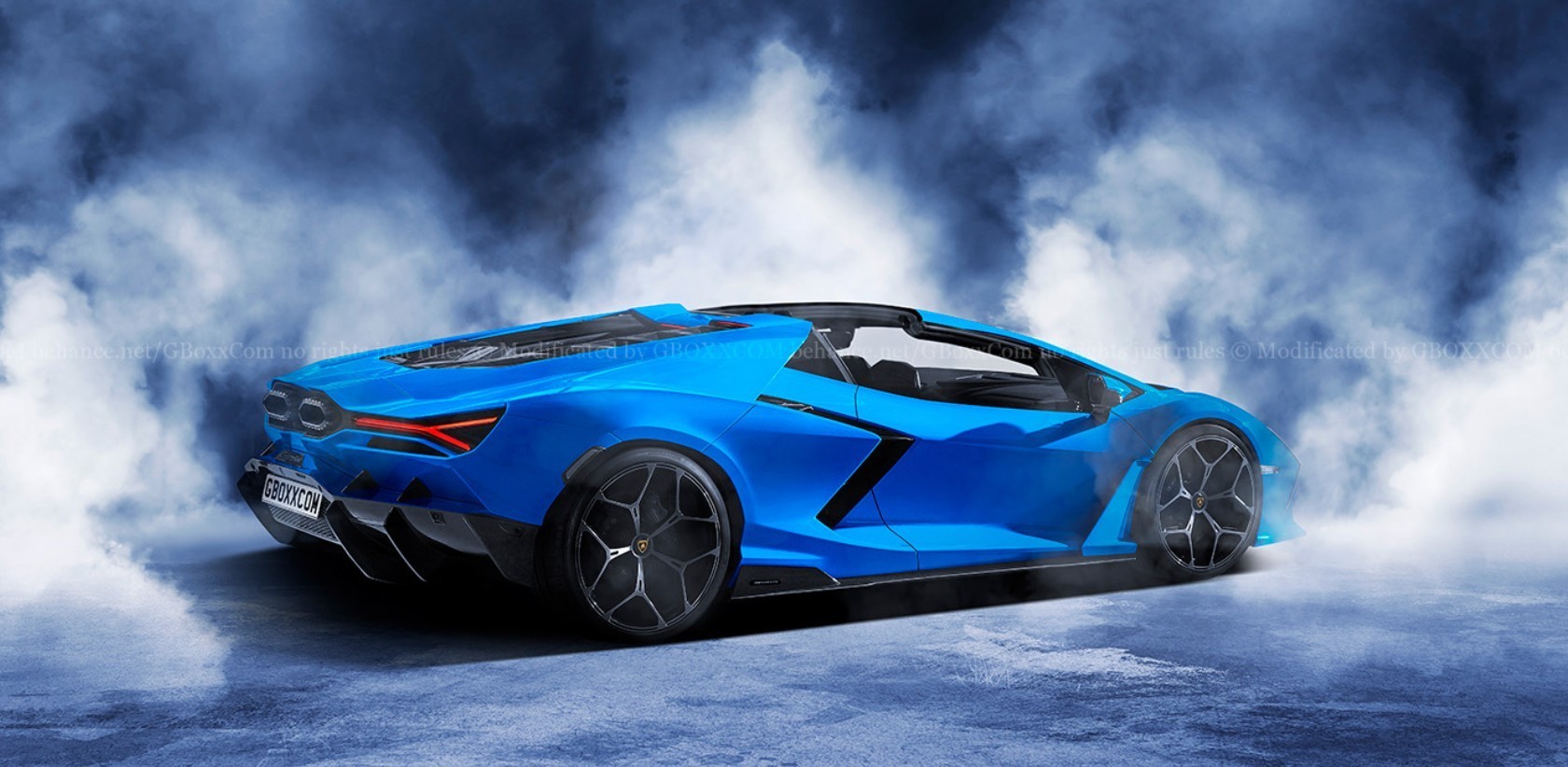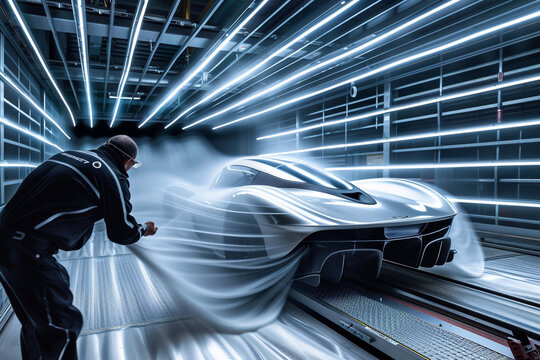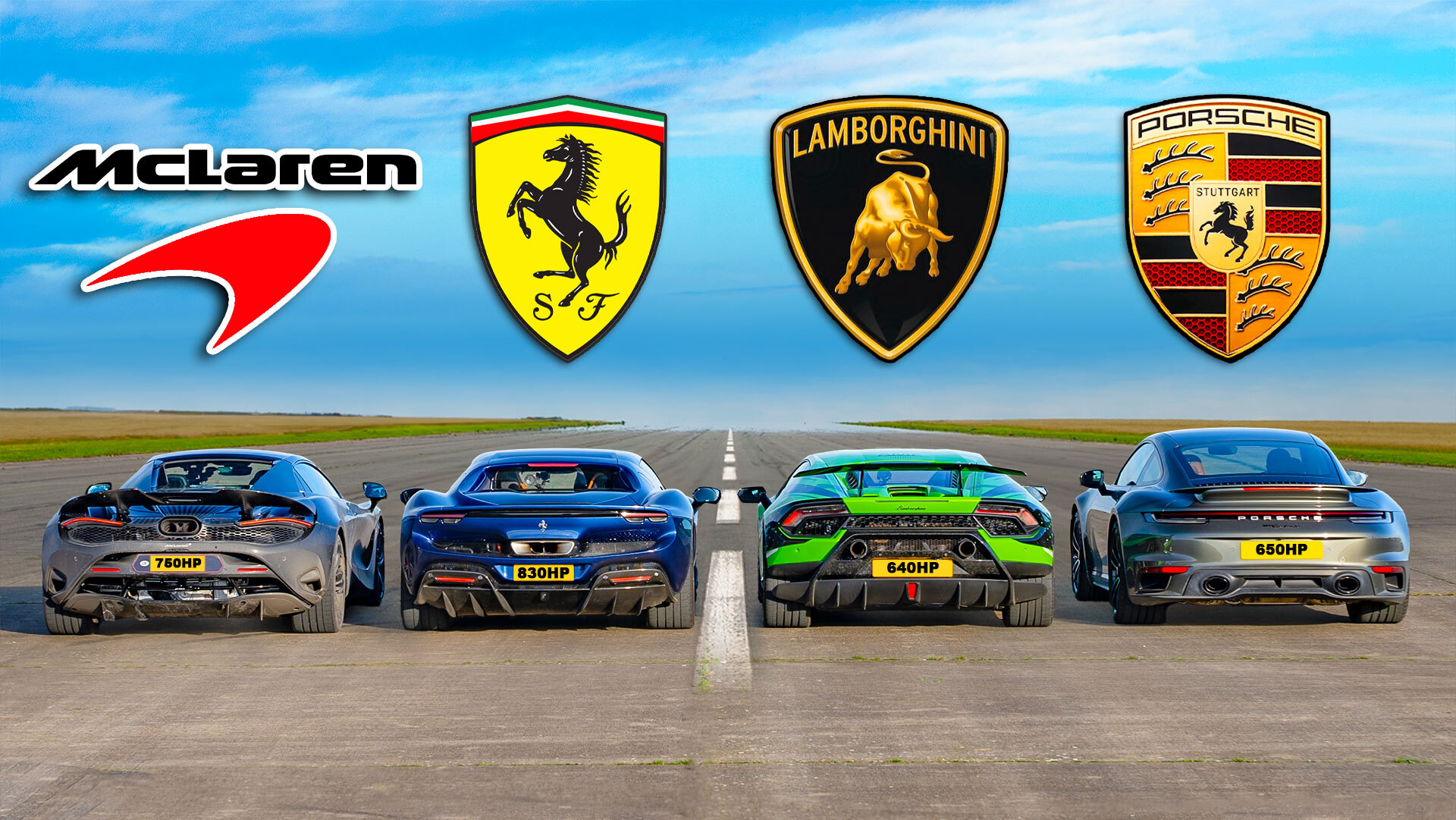I. Introduction
Lamborghini Huracán Aerodynamic Design Analysis: The Lamborghini Huracán is more than just a strikingly beautiful sports car; it embodies cutting-edge engineering and design aimed at achieving unparalleled performance. Aerodynamics plays a crucial role in this performance, impacting everything from speed to handling. This article delves into the Huracán’s aerodynamic design, exploring how its features enhance performance and set it apart in the competitive world of supercars.
II. Key Principles of Aerodynamics

Aerodynamics is the study of how air interacts with moving objects. For vehicles like the Huracán, key aerodynamic principles include:
- Drag: The resistance a vehicle faces as it moves through air. Lower drag means better speed and efficiency.
- Downforce: The vertical force that pushes the car down onto the road, increasing grip and stability, particularly during high-speed cornering.
- Lift: An unwanted upward force that can reduce traction. Effective aerodynamic design minimizes lift to maintain control.
Understanding these concepts is essential to grasp the importance of the Huracán’s design choices.
III. Aerodynamic Features of the Lamborghini Huracán
A. Exterior Design Elements
The Huracán’s exterior is a testament to its aerodynamic prowess. Key features include:
- Front Fascia and Grille Design: The front end is sharply designed, with a wide grille that allows for optimal airflow into the engine and cooling systems. This design not only looks aggressive but also reduces drag.
- Sculpted Sides and Air Intakes: The sides of the Huracán feature pronounced lines and air intakes that channel air to key areas of the car, such as the engine bay and brakes. These intakes help manage airflow, reducing turbulence and drag.
- Rear Diffuser and Spoiler: The rear end is equipped with a sophisticated diffuser that enhances downforce by managing the air exiting the vehicle. The active rear spoiler adjusts to different speeds, optimizing downforce when needed.
B. Shape and Contours
The overall silhouette of the Huracán is designed for optimal aerodynamic efficiency. Its sleek, low profile minimizes air resistance while allowing for effective airflow over and around the vehicle. Compared to previous Lamborghini models, the Huracán showcases a refined approach to aerodynamic design, integrating both beauty and function seamlessly.
IV. Wind Tunnel Testing and Computational Fluid Dynamics (CFD)

To achieve its exceptional aerodynamic characteristics, the Huracán underwent extensive testing in wind tunnels and through CFD simulations.
- Wind Tunnel Testing: This method provides real-world data on how air flows around the vehicle, allowing engineers to make adjustments to improve performance. Various iterations of the Huracán were tested to optimize every contour and surface.
- CFD Simulations: Advanced software simulates airflow, helping designers visualize how changes in shape or design affect performance. This method allows for rapid prototyping and testing without the need for physical models.
V. Impact on Performance
A. High-Speed Stability
The aerodynamic design of the Huracán significantly enhances stability at high speeds. The car’s shape and downforce generation help maintain traction, allowing drivers to navigate straightaways and curves confidently.
B. Handling and Cornering
Downforce plays a vital role in the Huracán’s handling capabilities. The active aerodynamics, including the adjustable rear spoiler, provide additional grip during cornering, enabling faster entry and exit speeds.
C. Fuel Efficiency
Interestingly, the aerodynamic design also impacts fuel efficiency. By reducing drag, the Huracán can maintain higher speeds with less energy, translating to better fuel consumption during both spirited drives and everyday use.
VI. Comparisons with Competitors

When compared to its competitors like Ferrari and McLaren, the Huracán stands out with its unique aerodynamic features. While each brand employs its design philosophy, the Huracán’s combination of aggressive styling and advanced aerodynamics gives it an edge in both performance and aesthetics.
Specific Advantages
The Huracán’s active aerodynamics, particularly the adjustable rear spoiler, are noteworthy features that enhance its performance dynamically, adapting to different driving conditions unlike some static solutions offered by competitors.
VII. Conclusion
The Lamborghini Huracán’s aerodynamic design is a crucial aspect of its performance, showcasing how form can meet function in automotive engineering. By integrating advanced aerodynamic principles with stunning aesthetics, Lamborghini has crafted a vehicle that not only excels in speed and handling but also continues to set benchmarks in the supercar segment. As automotive technology evolves, the legacy of the Huracán’s aerodynamic innovations will undoubtedly influence future models.
FAQs
1. What is the purpose of aerodynamic design in sports cars like the Lamborghini Huracán?
Aerodynamic design is crucial for enhancing performance by reducing drag and increasing downforce. This helps improve stability, handling, and fuel efficiency at high speeds.
2. How does the Huracán achieve downforce?
The Huracán generates downforce through its shape, active rear spoiler, and rear diffuser. These features work together to manage airflow around the vehicle, pushing it down onto the road for better grip and handling.
3. What are some key aerodynamic features of the Huracán?
Key features include a sharply designed front fascia, sculpted sides with air intakes, a rear diffuser, and an adjustable rear spoiler that adapts to different speeds to optimize downforce.
4. How do wind tunnel testing and CFD contribute to the Huracán’s design?
Wind tunnel testing provides real-world data on airflow, allowing engineers to refine the design for optimal performance. Computational Fluid Dynamics (CFD) simulations help visualize airflow effects and facilitate rapid prototyping of design changes.
5. How does the aerodynamic design affect fuel efficiency?
By minimizing drag, the Huracán can maintain higher speeds with less power, which contributes to improved fuel efficiency, especially during high-speed driving.
6. How does the Huracán’s aerodynamic performance compare to its competitors?
The Huracán’s combination of active aerodynamics and aggressive styling often gives it an edge over competitors in both performance metrics and visual appeal. Each manufacturer has its approach, but the Huracán stands out with its dynamic features.
Tips for Optimizing Aerodynamics in Your Vehicle
1. Maintain a Low Profile: If you’re modifying a vehicle for performance, consider lowering its profile to reduce drag.
2. Use Aerodynamic Accessories: Spoilers, diffusers, and side skirts can help manage airflow and improve downforce.
3. Streamline Body Shape: Ensure your vehicle’s shape minimizes turbulence. Smooth, rounded edges are often more effective than sharp angles.
4. Keep Air Intakes Clean: Make sure air intakes are unobstructed to ensure optimal airflow to critical components.
5. Regularly Check Tire Pressure: Proper tire pressure can improve your vehicle’s contact with the road, enhancing stability and performance.
6. Test and Adjust: Use wind tunnel testing or CFD simulations if possible, to refine the design and see how changes affect aerodynamics.
7. Consider Lightweight Materials: Reducing weight can enhance performance, and materials like carbon fiber can help maintain strength while improving aerodynamics.
